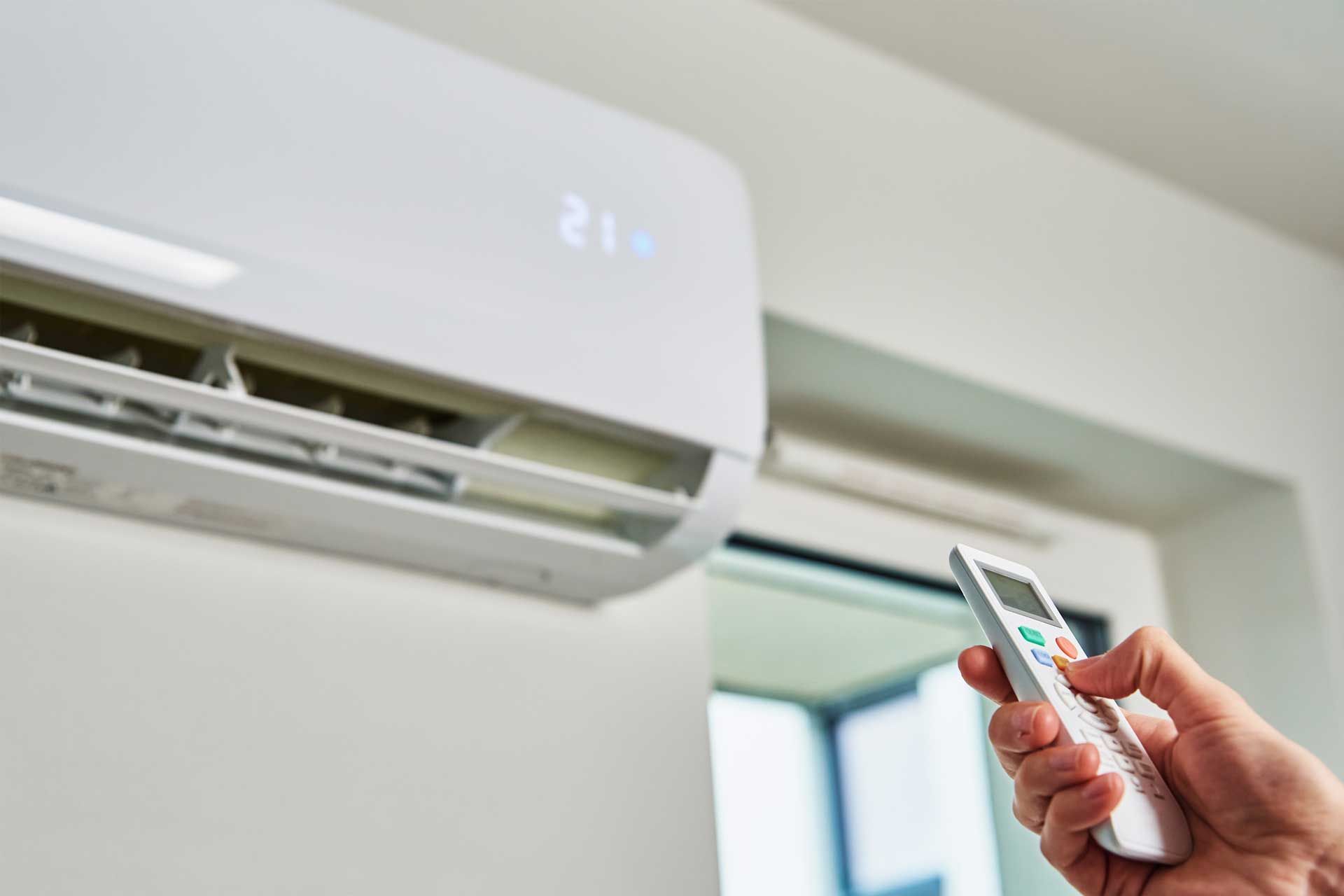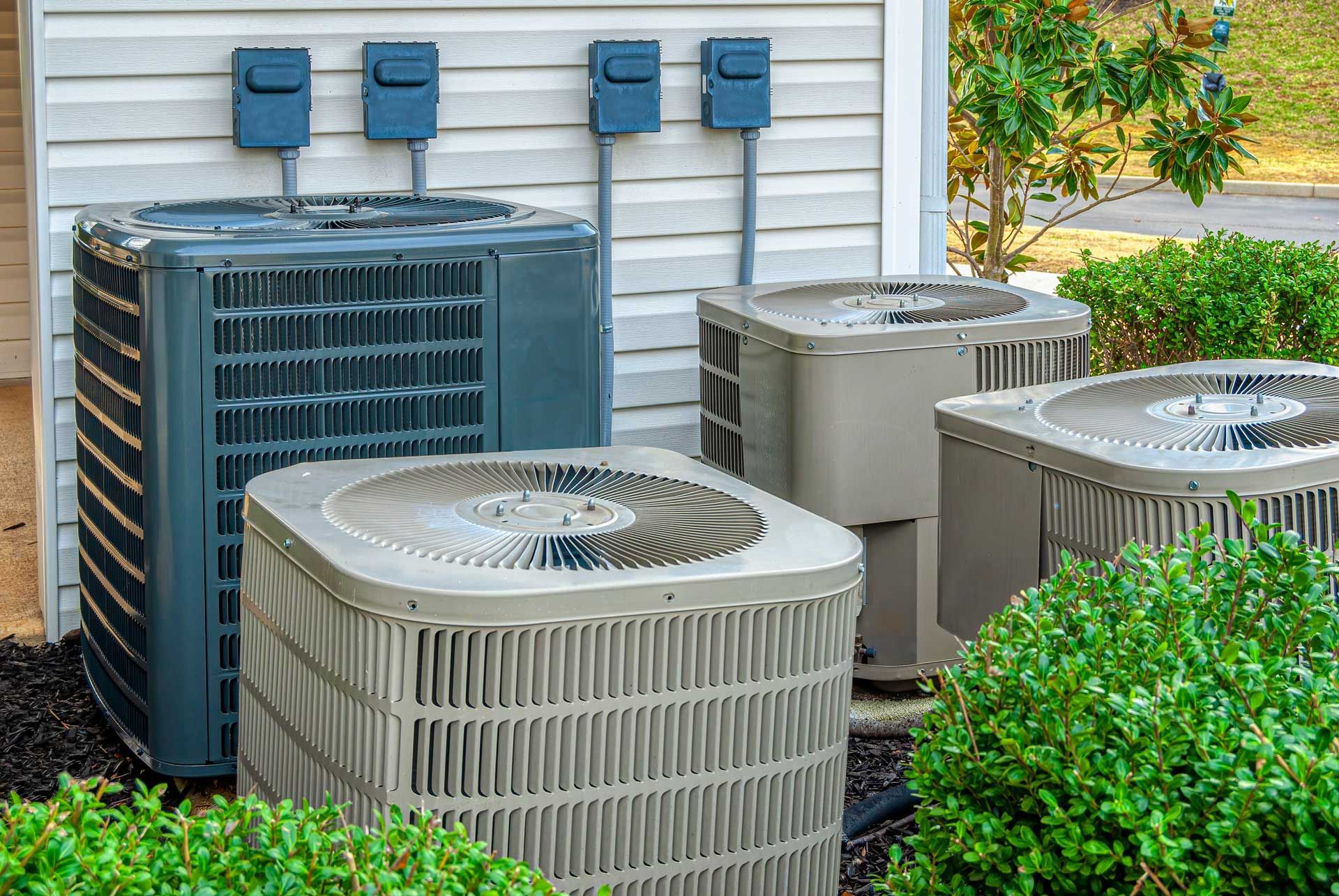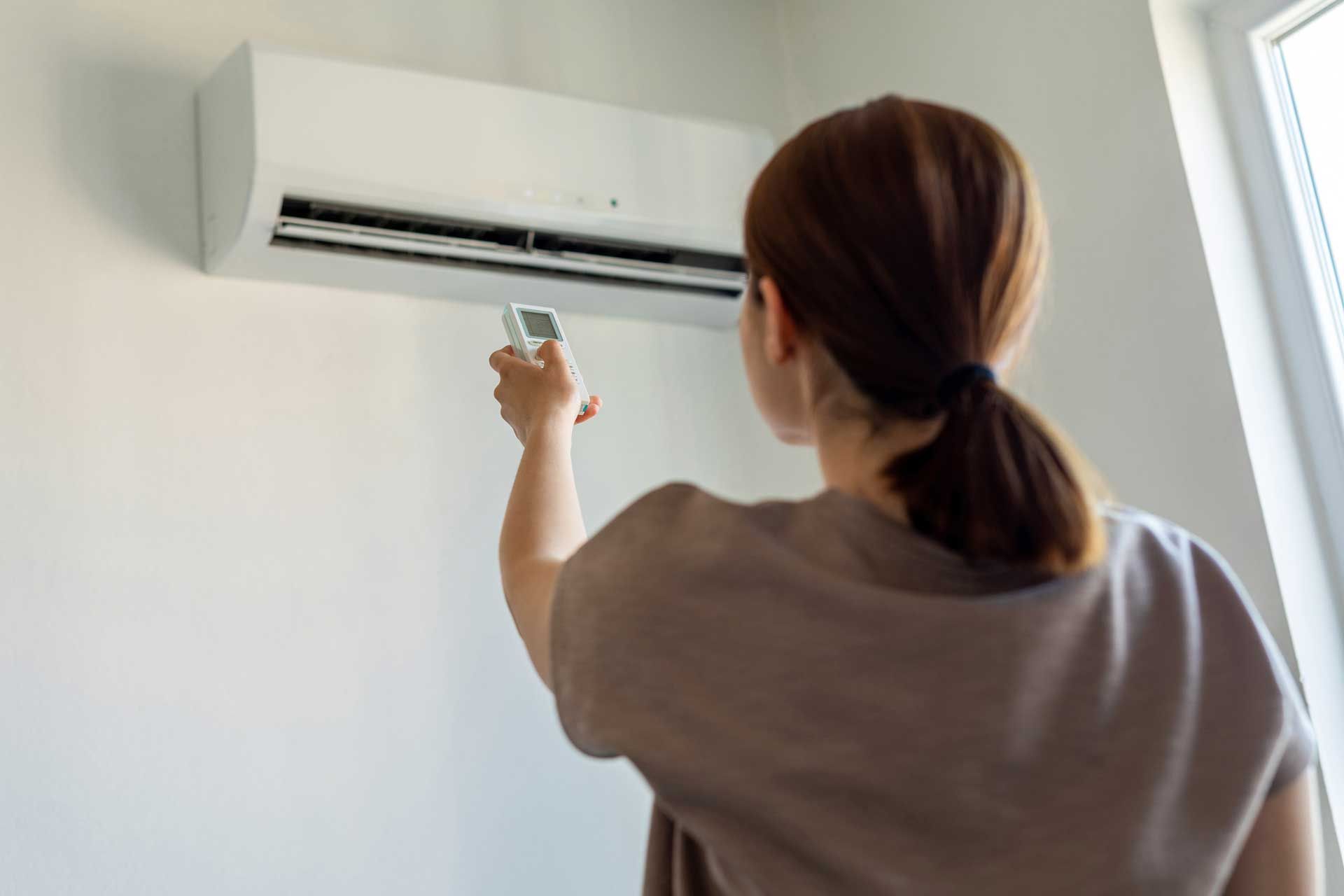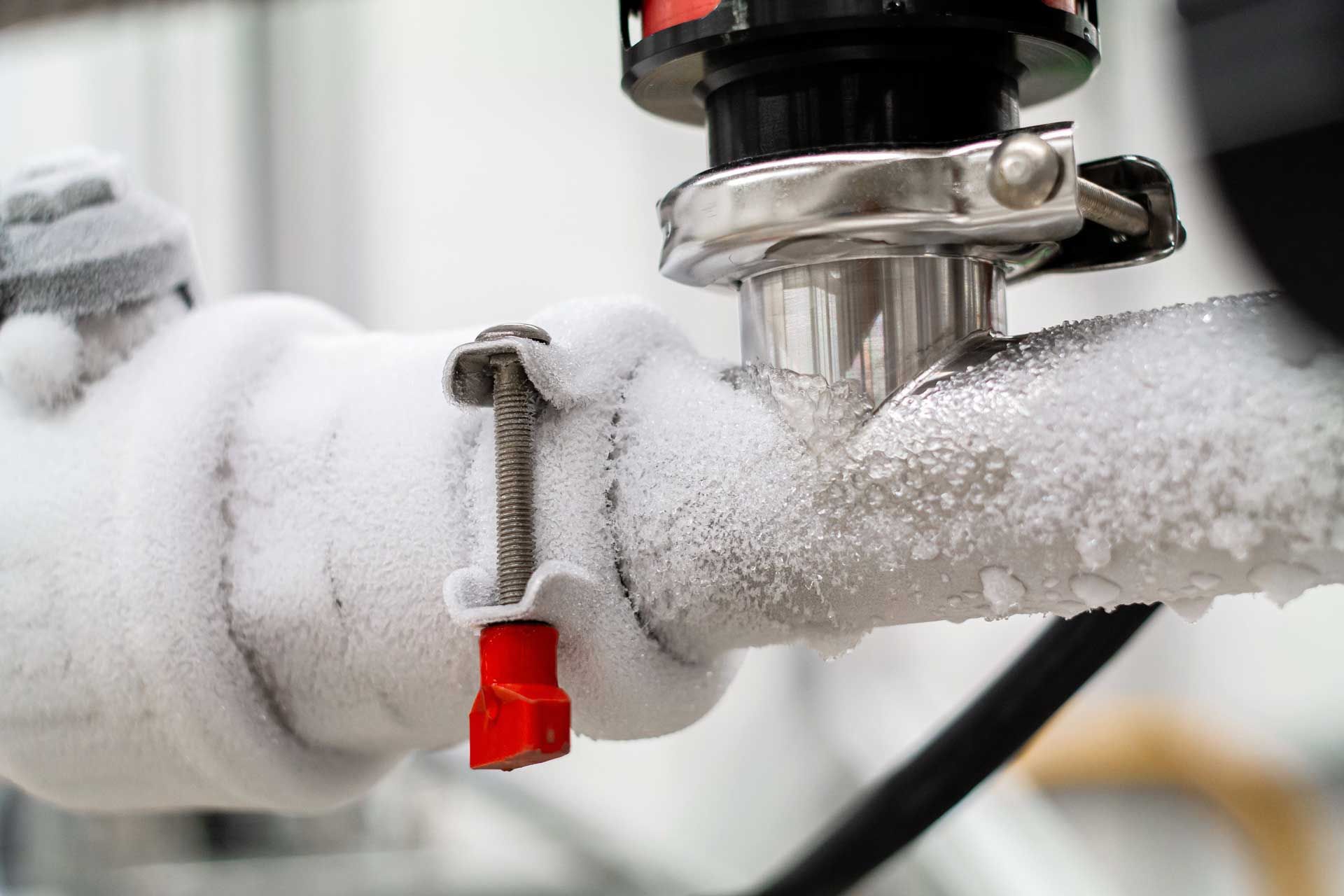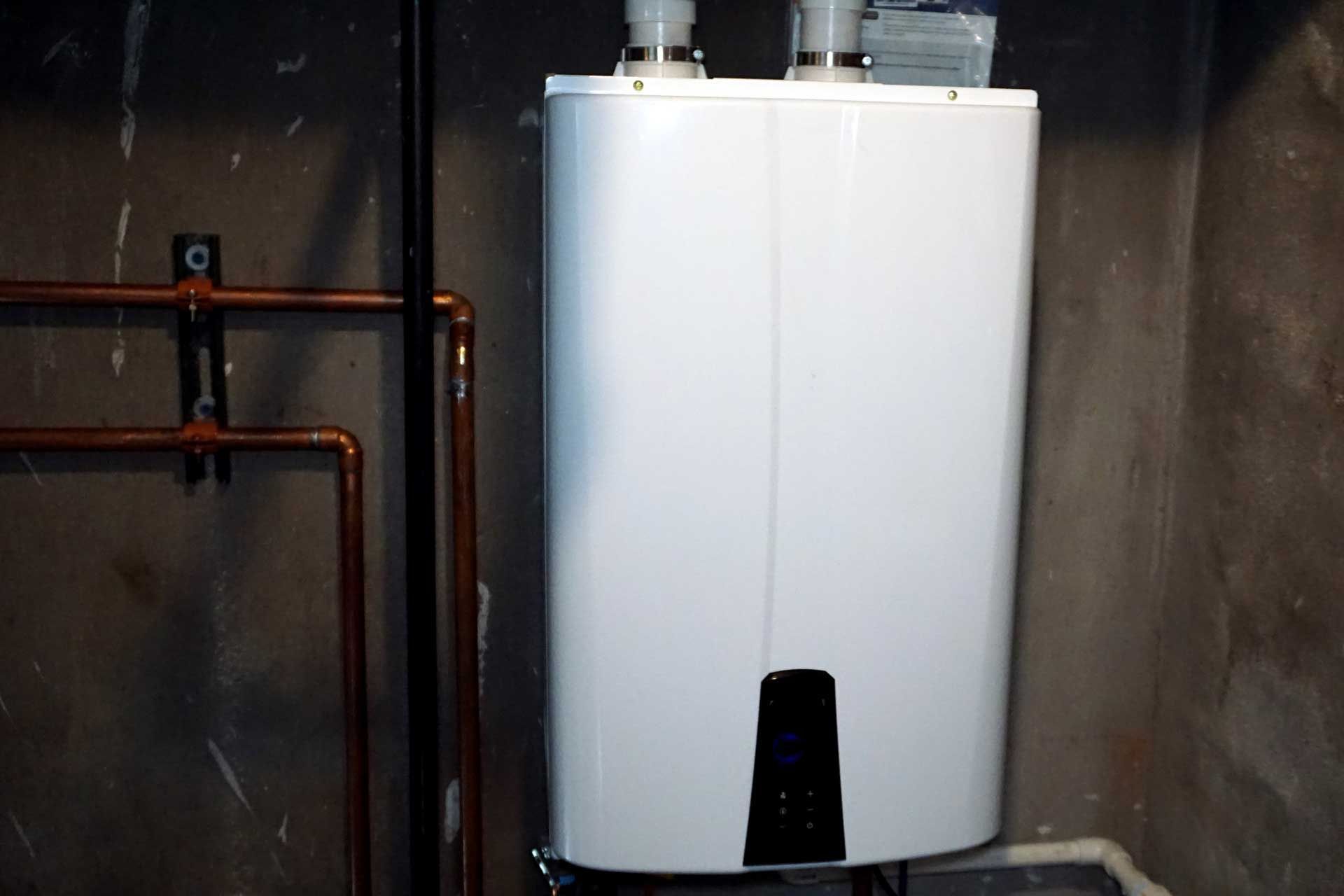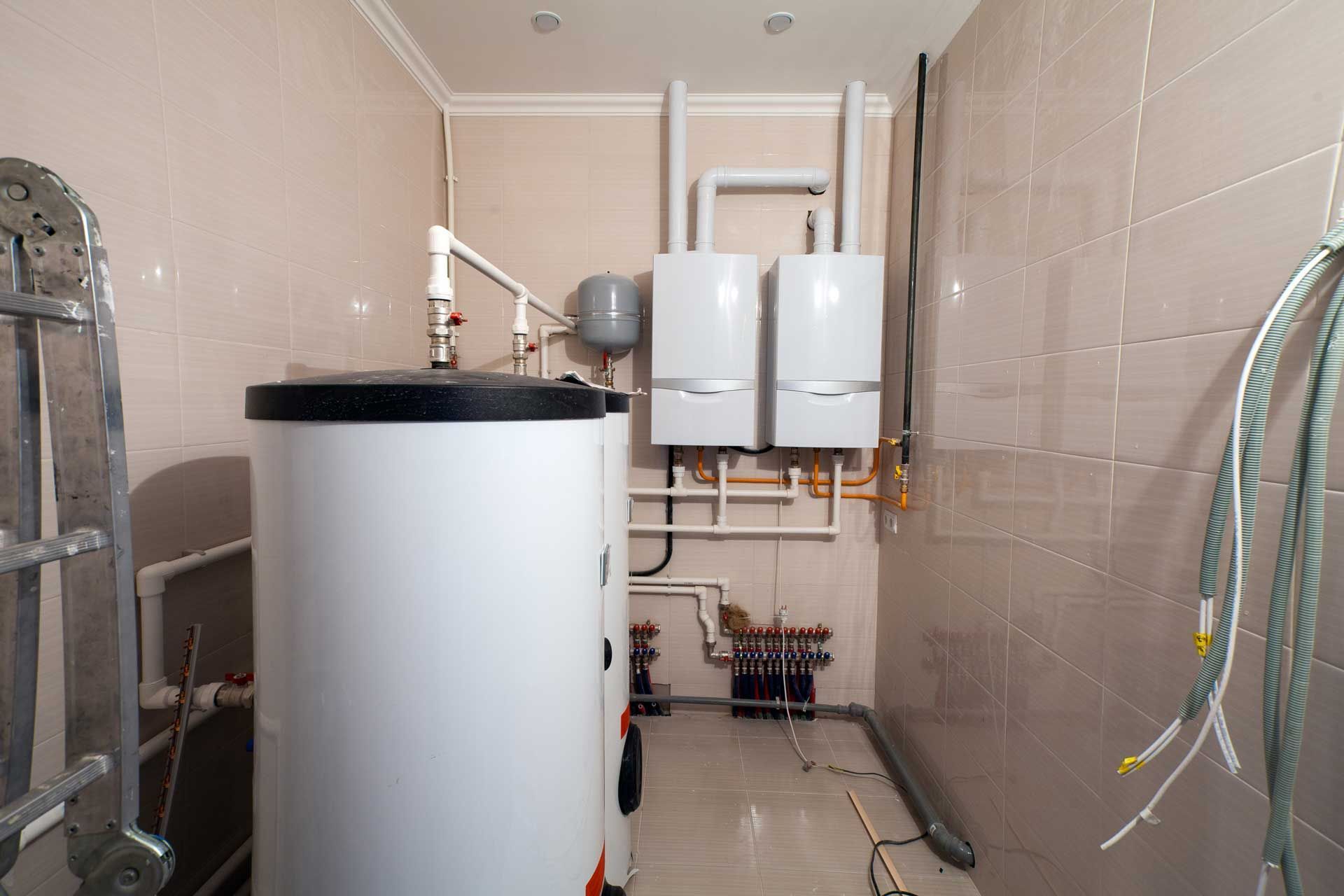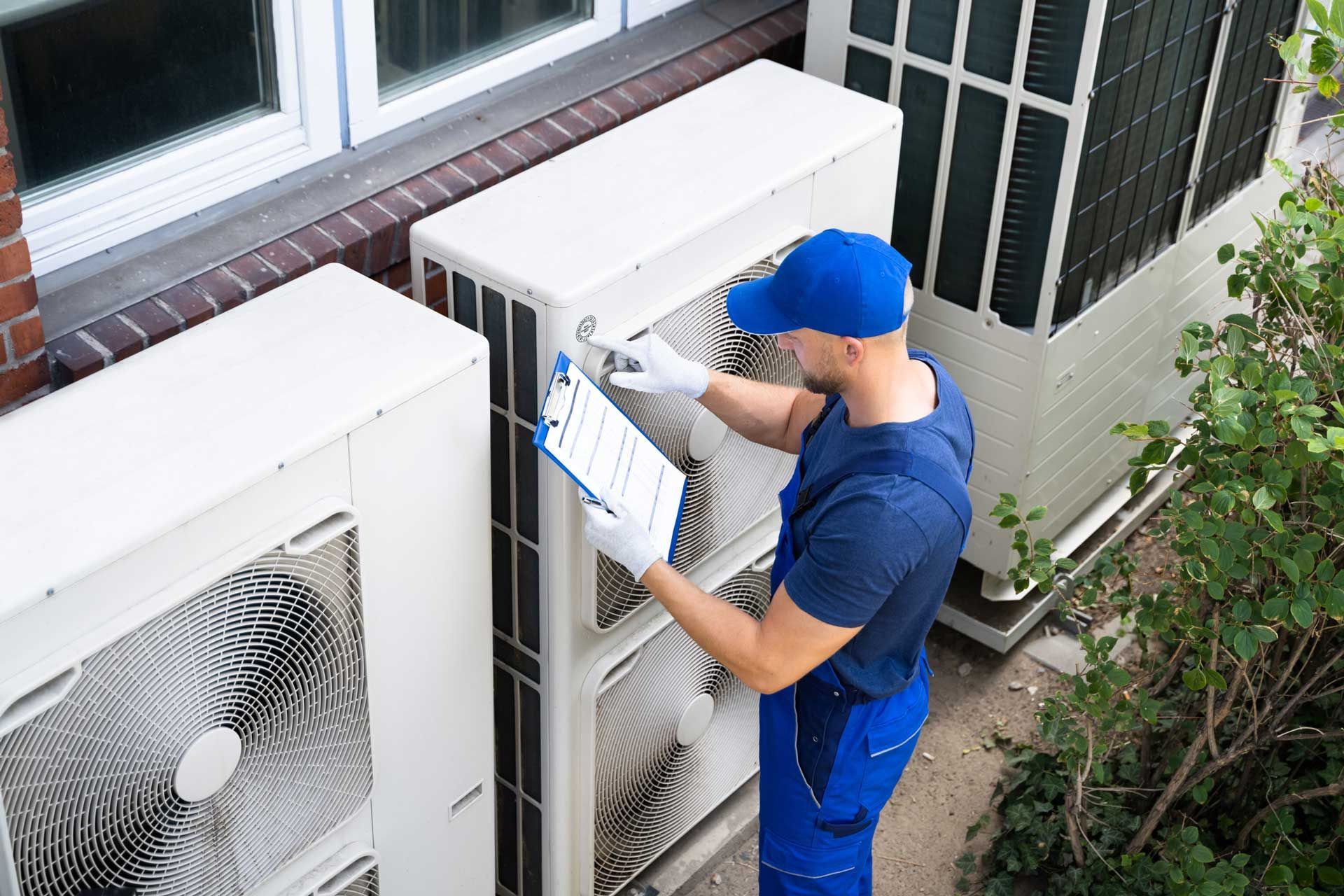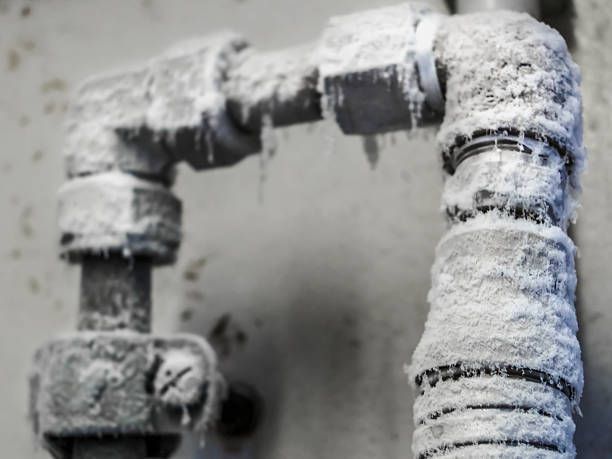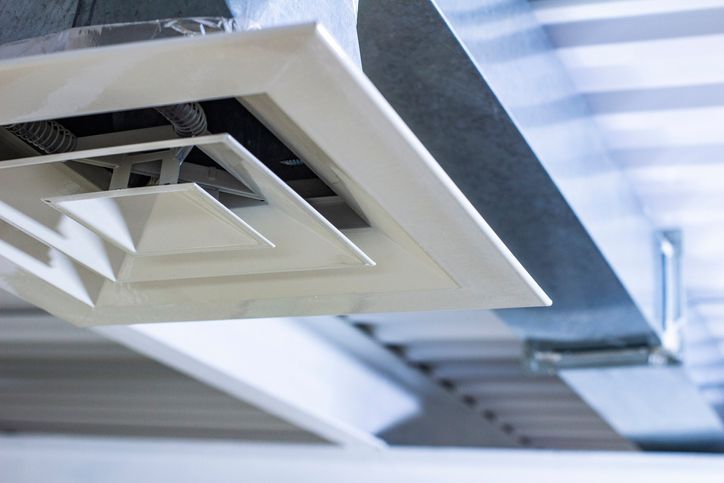Is Your Furnace Leaking? Here's Why
Your furnace can create some condensation during normal operation. However, an unusual pool of water under the furnace may point to a problem with the furnace. You might worry that your unit may become faulty once you notice a large puddle or a steady drip underneath.
Thankfully, a leak may not always require any major repair work. But still, leaking water can trigger the growth of harmful mold that might expose you to serious health conditions. Also, prolonged issues with your furnace may lower your HVAC system's lifespan in the long run.
You may want to contact your HVAC expert if you notice any unexplained leaks under your furnace. Learn more about the reasons that could cause your HVAC furnace to leak and what you can do to prevent more problems.
1. Clogged Furnace Filter
Typically, furnace filters trap dust and other contaminants that may otherwise affect the unit's performance. If anything blocks these filters, air may not flow freely into the coils. Eventually, the coils may develop an ice layer and freeze up. When the ice melts, a large pool of water can collect at the furnace's base.
Additionally, dirty filters can easily raise your heating bills because now, the circulation fans have to work harder to ensure an even air distribution. With time, your furnace may be unable to maintain comfortable temperatures in every part of your house.
Your HVAC expert might suggest periodic maintenance to keep a close eye on your system. You may need to replace your filters now and then to prevent leaks and keep your furnace in top condition.
2. A Leaky Humidifier
Built-in humidifiers balance out the indoor humidity inside your home. They work by adding moisture to the surrounding air. In doing so, humidifiers increase the level of humidity if your system detects a drop.
While they're meant to add an extra layer of comfort, built-in humidifiers can also cause leaks around the furnace area. Since a humidifier uses water to do its job, a plumbing line will be needed to ensure an uninterrupted water supply.
Over time, the line could deteriorate (mostly due to high water pressure) and form cracks that allow water to leak through. Water may eventually pool at the base of your furnace.
You may not always know when you have a clogged or leaking built-in humidifier. But if you see a leak, you can examine the area around the drain line or water feed line. However, you're better off letting a professional handle the problem to avoid costly mistakes.
3. A Faulty Heat Exchanger
A high-performance furnace can give off condensation as a heating byproduct. The primary and secondary heat exchangers obtain heat energy from the exhaust gases in circulation. As a result, the gases lose some of their heat in the form of condensation. The condensate may leak out and form a pool of liquid near your furnace.
Usually, a leaky or broken heat exchanger may be accompanied by other symptoms such as:
- Strange and unusual sounds. You're likely to hear rattling sounds due to heat expansion and contraction as you turn on the furnace.
- Soot accumulation. You may notice soot forming around your furnace burners.
- Carbon monoxide (CO) buildup. A faulty heat exchanger can raise the levels of toxic CO in your home. A routine inspection can unmask high CO levels if your carbon monoxide detector fails to do so.
A bad heat exchanger may cost you a lot in repairs if you don't act quickly. Sometimes, only a full furnace replacement can suffice.
Don't ignore any unusual behavior from your heating system. Immediately you notice a leak, contact us at Preferred Mechanical Services .
